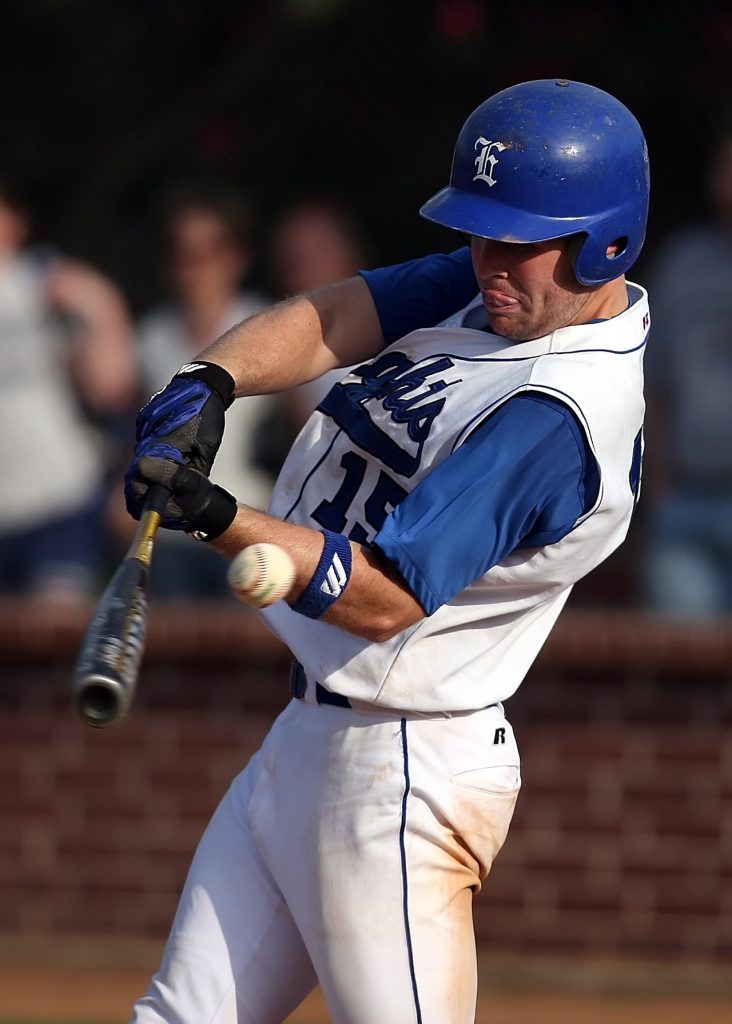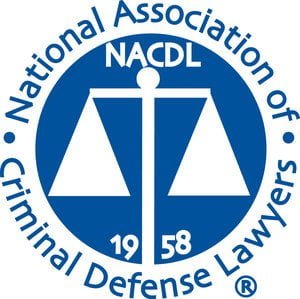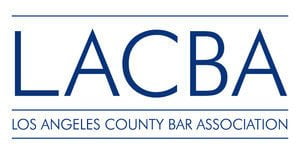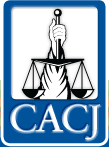
The “Three Strikes and You’re Out!” Law was voted in by Californians in 1994 after the tragedies involving Kimber Reynolds and Polly Klaas. Both teenagers were murdered by assailants who were repeat-felony-offenders with histories of violent crimes. The Three Strikes law increases the prison sentences of convicted felons who possess prior convictions regarding serious and or violent crimes.
What are Serious/ Violent felonies?
Criminal charges classify as either a misdemeanor or felony conviction. The sentencing for a misdemeanor crime is less severe than a felony crime, but either can include serving time in jail. The difference is WHERE the offenders serve their jail-time. Felony sentences are served in state prison instead of a county jail. The length of a felony conviction sentence depends on the severity of the case and any prior offenses.
For example, a 4th DUI in California or a first DUI that caused injury or death will both attract felony charges from prosecution and, consequently, a felony conviction sentencing. Other types of felony crimes range from petty theft with priors to kidnapping, rape, and murder.
The Three Strikes Law specifically addresses serious and or violent felonies. Section 1192.7 (c) gives a list of all the “serious” felonies punishable under the Three Strikes Law, while Section 667.5 (c) lists all the punishable “violent” felonies.
How does the Three Strikes Law Work?
Usually, non-strikers are allowed to serve at least a third of their sentence with the possibility of parole or early release because of good behavior. However, under the Three Strike Law, offenders with more than one strike on their record (meaning that they are currently a second striker after a recent conviction) are required to serve at least 80% of their jail-time.
It should be noted that some sex crimes, such as lewd act with a child, are given one strike sentence enhancements. This means that the sentencing will be longer, even for a first conviction. Any defendant with two or more strike priors will have to face 25 years to life in state prison. He or she will be ineligible for parole or early release on good behavior until he or she serves a minimum sentence. Only the Board of Prison Terms (BPT) can determine parole or early release eligibility for three strikes offenders.
Can Courts Remove Previous Strikes?
This depends. Courts are only likely to dismiss prior strikes if the strikes are old or if the current offense is a minor. Offenders with non-violent histories have better chances of strike removal. A criminal defense lawyer will ask the judge to dismiss a prior strike by filing a Romero Motion. The judge makes an independent decision based on the duration of the prior, the defendant’s history, and any other facts relevant to the case.
Luckily, Proposition 36, which passed in 2012, makes it possible for offenders to avoid a 3rd strike if their current conviction is not a serious and or violent felony. Offenders who are currently serving their 3rd strike sentencing can petition the court to dismiss the 3rd strike if their latest conviction was otherwise eligible for a Two Strike sentencing.
If you or someone you know is facing 3rd strike charges, please do not hesitate to reach out to our firm for excellent criminal defense counsel. Criminal Defense Hero can help defend your case by proving your innocence, arguing a lack of strike priors, or appealing to the court to dismiss your strike priors.
For more information about California’s Three Strike Law, click here.









